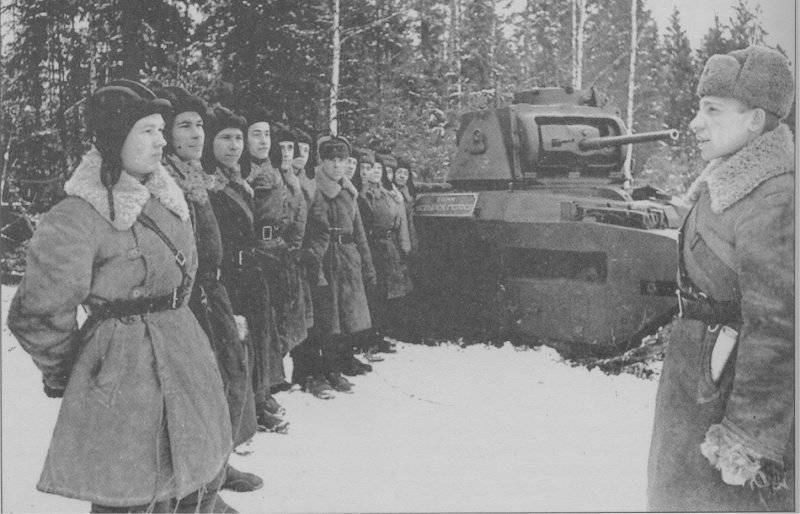According to the Tanks Encyclopedia web page, the different marks of the Matilda tanks indicated changes and improvements in the engine and transmission...
- Matilda Mk.I was something like a pre-series, build in small numbers. It had a Vickers coaxial machine gun mounted in the turret, protected by a large armored cover, also had a fixed metal "tail" attached to teh rear hull designed to help the tank cross ditches and shell craters, because before 1939, tank designers expected that battlefield conditions would be similar to the ones present in the Western Front in WW1. All of those machines were abandoned or destroyed in continental Europe before Dunkirk.
- Matilda Mk.II was the first production vehicle, it replaced the Vickers Mg with a Besa one, dispensig also with the big armored protection for the machine gun barrel.
- Matilda Mk.III had a diesel engine in place of the previous variant petrol burning one. It gave the tank a much improved range and diminished the possibility of internal fuel fires when hit by enemy rounds.
- Matilda Mk.IV, had an improved dieselengine. This was the main production variant.
- There was also a Mk.V variant with an improved transmission.
It mentions the CS variant(s) but it did not mention if the CS tanks were made from only one model of the tank or if some number of each production variant was equipped with the 3 inch howitzer... About Australian forces wanting to take as many Matilda CS variants sounds logical, because of the prevalent battlefield conditions of the Far East theater of operations, where many battles where fought in jungle terrain, the short range of the howitzer would not have been an important problem, because enemy contact would be made, in general, at very close ranges.
Besides, there was an experimetal vehicle which mounted a Cromwell tank turret with a 6 pdr gun. This was a failure because the weight added by the bigger turret and the gun ammunition, made the tank even slower and less agile than the original model.
But, some interesting new icons could be derived from the basic Matilda, nevertheless...













